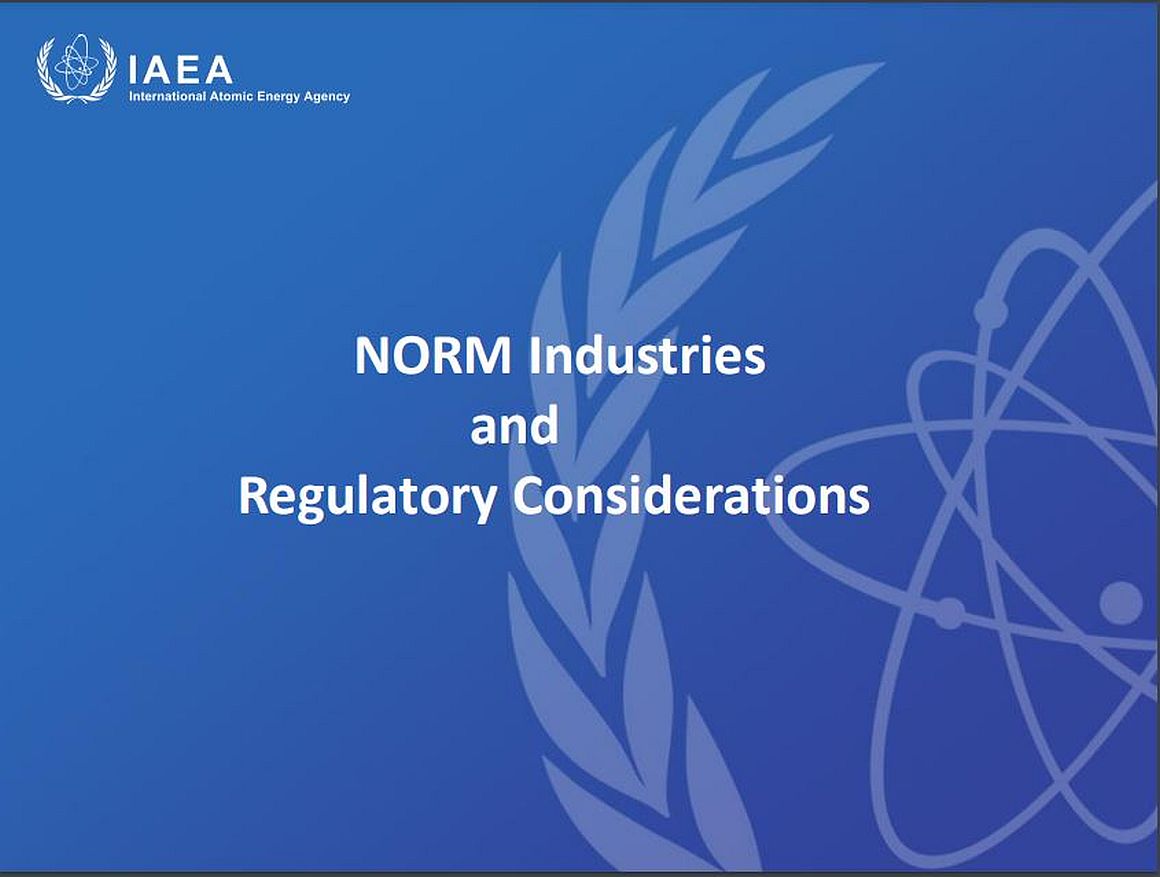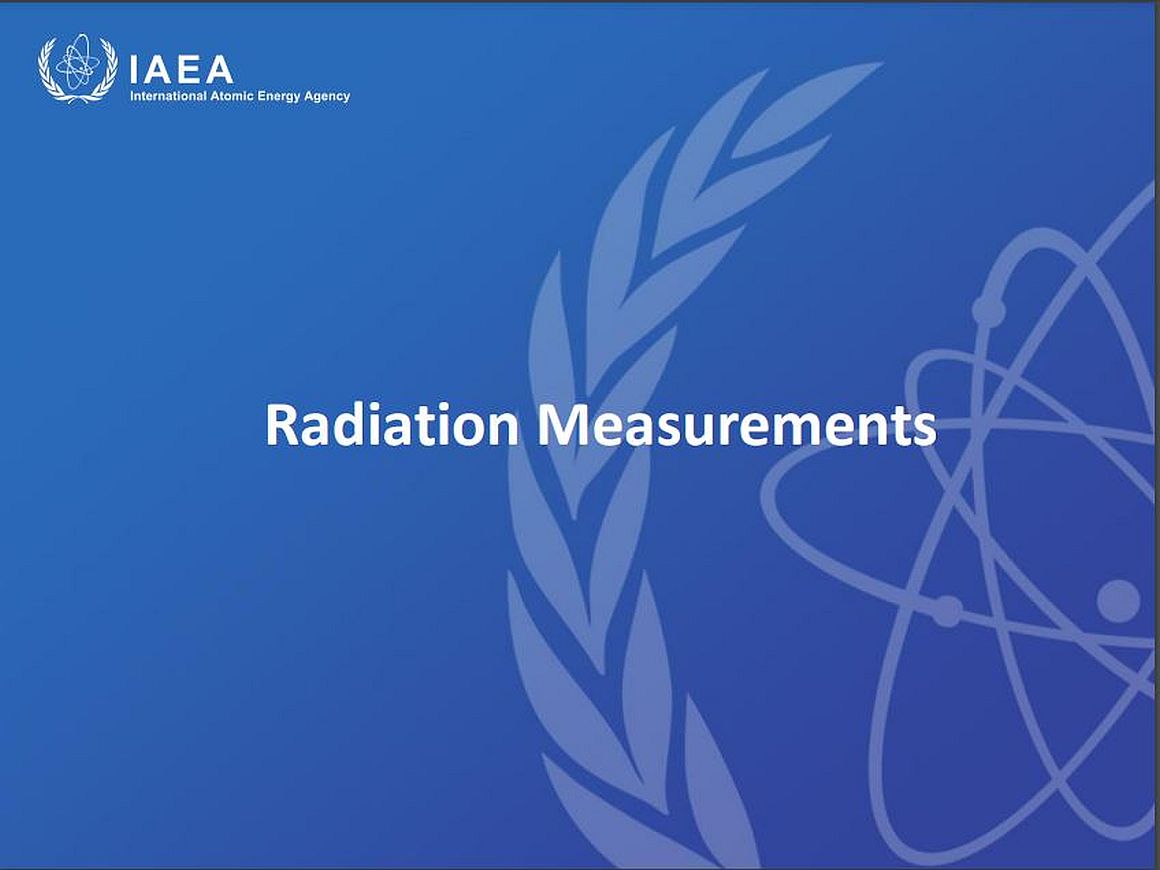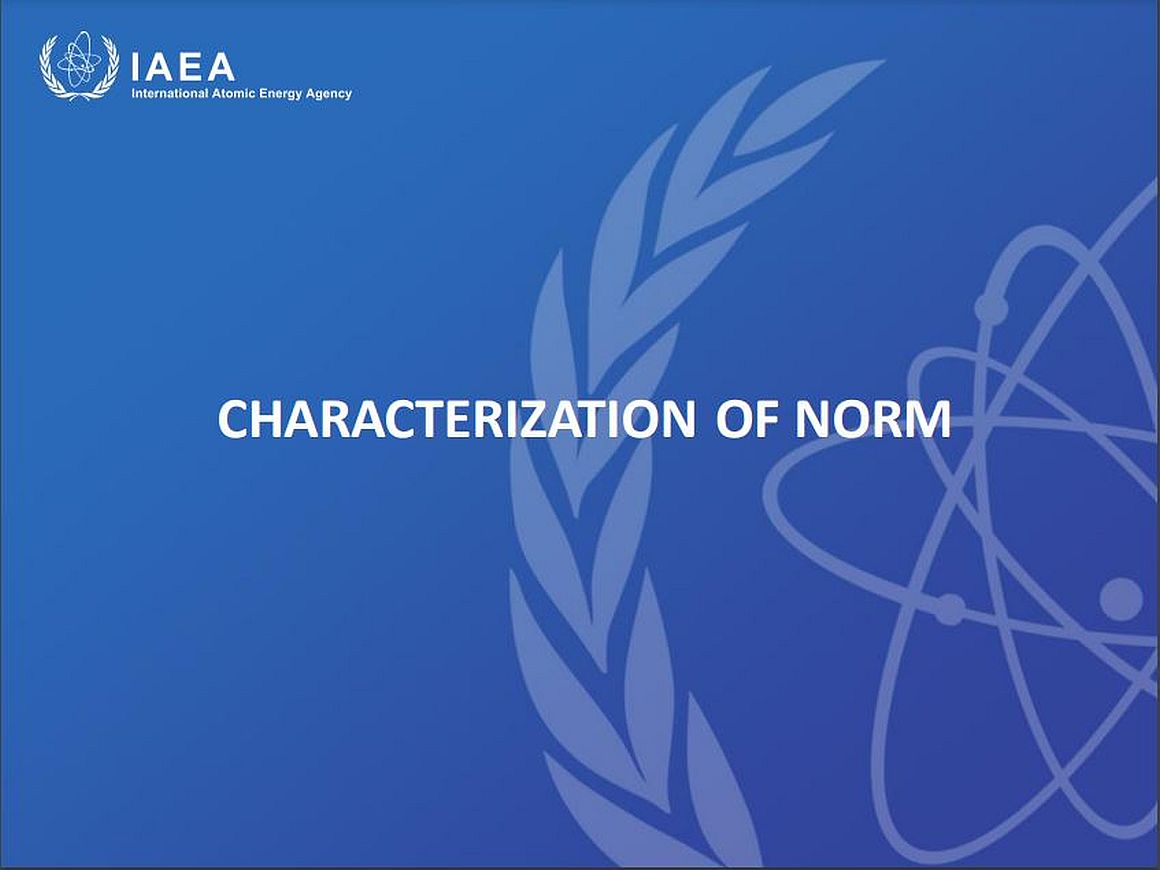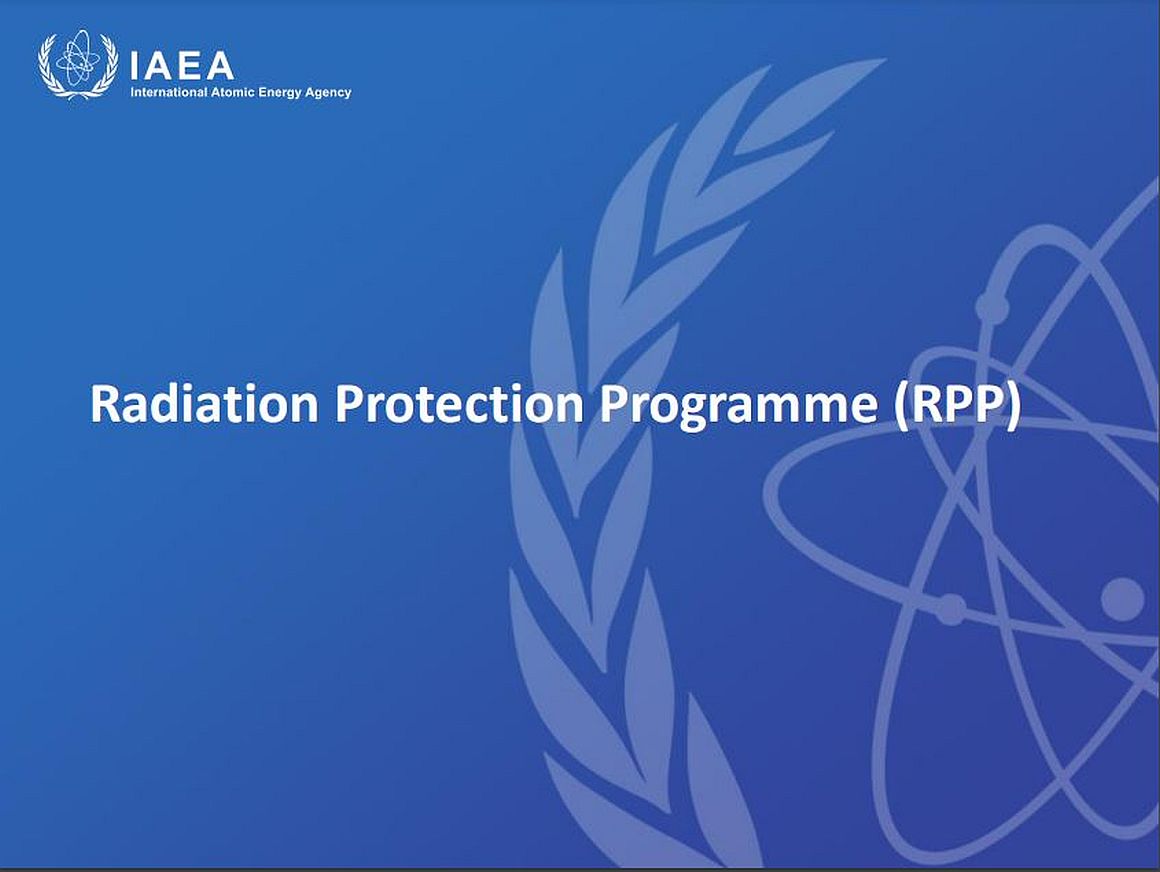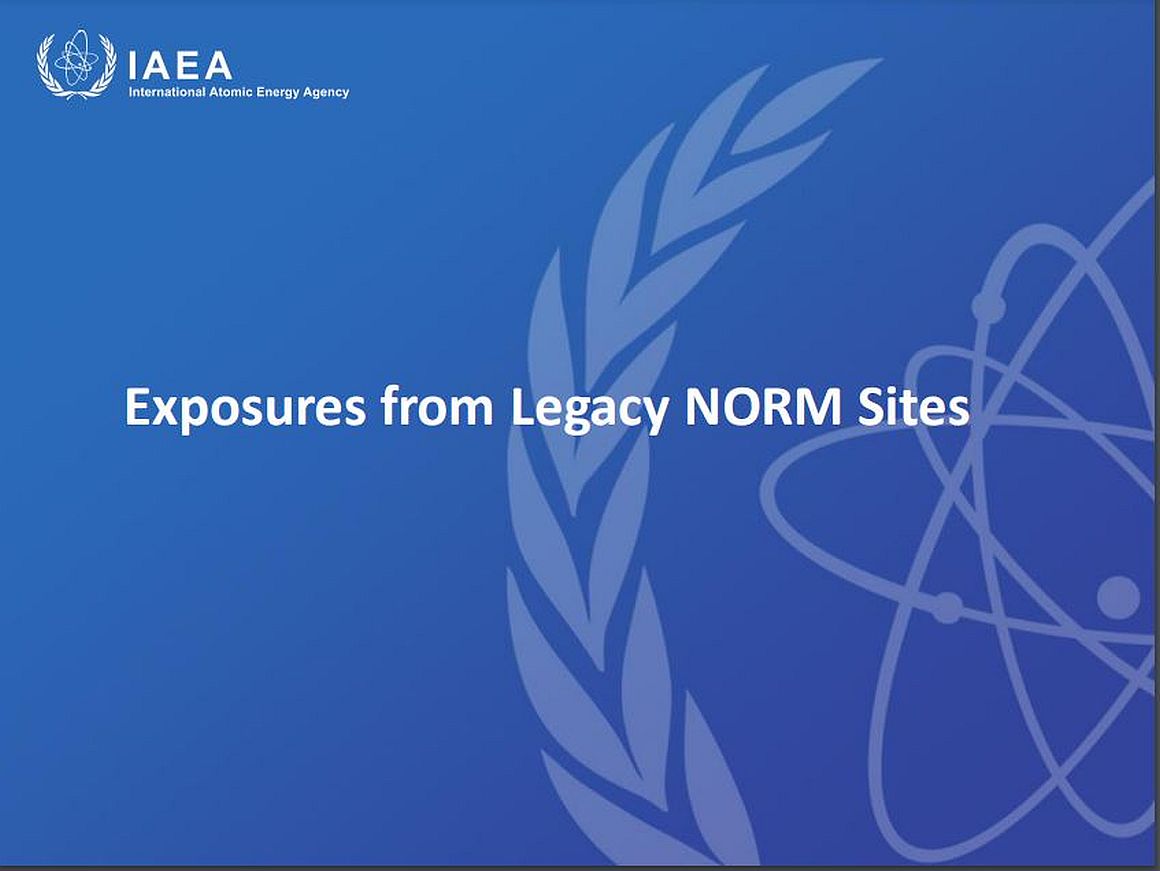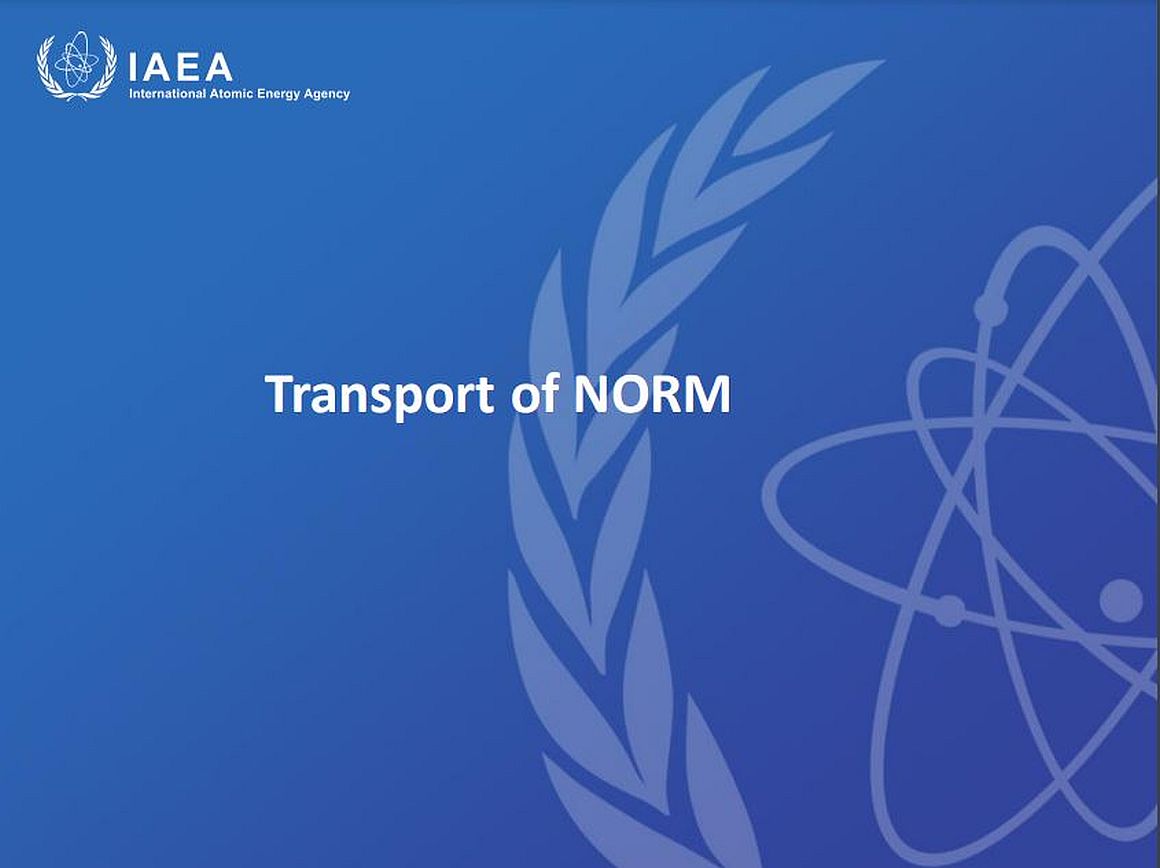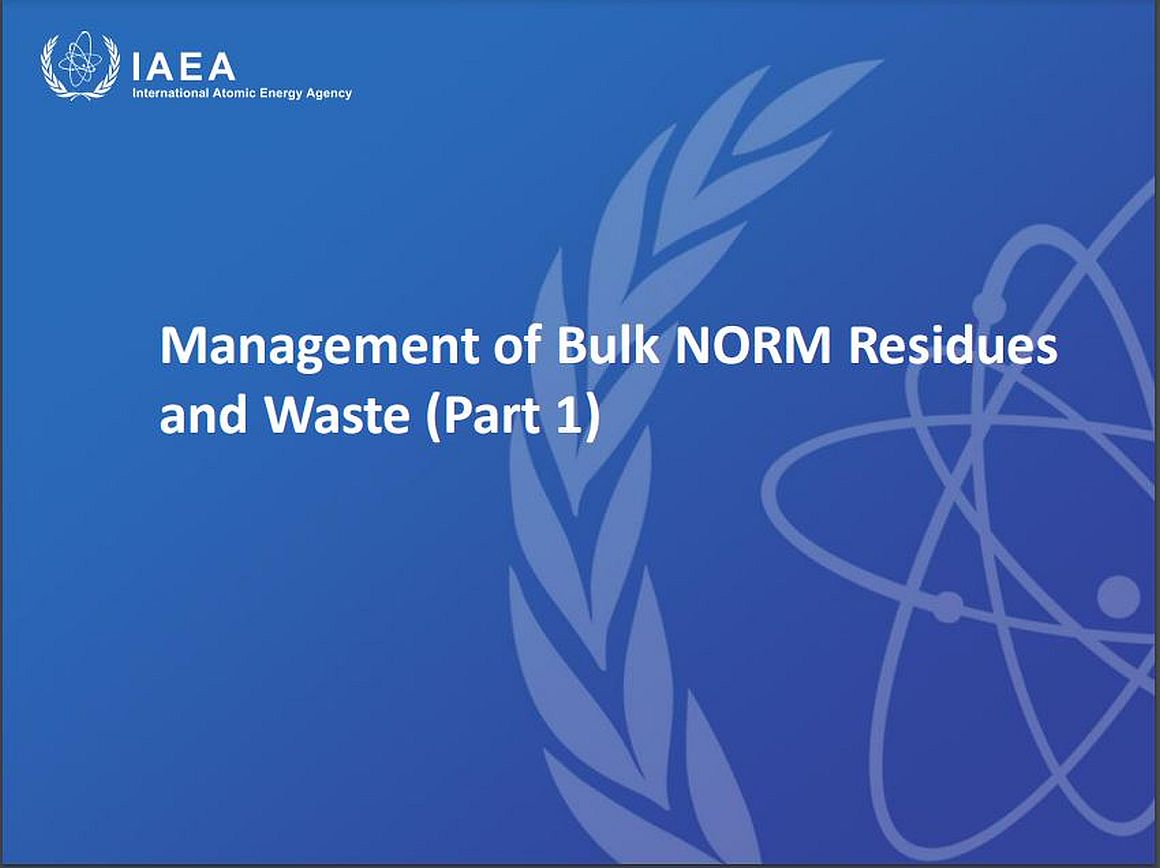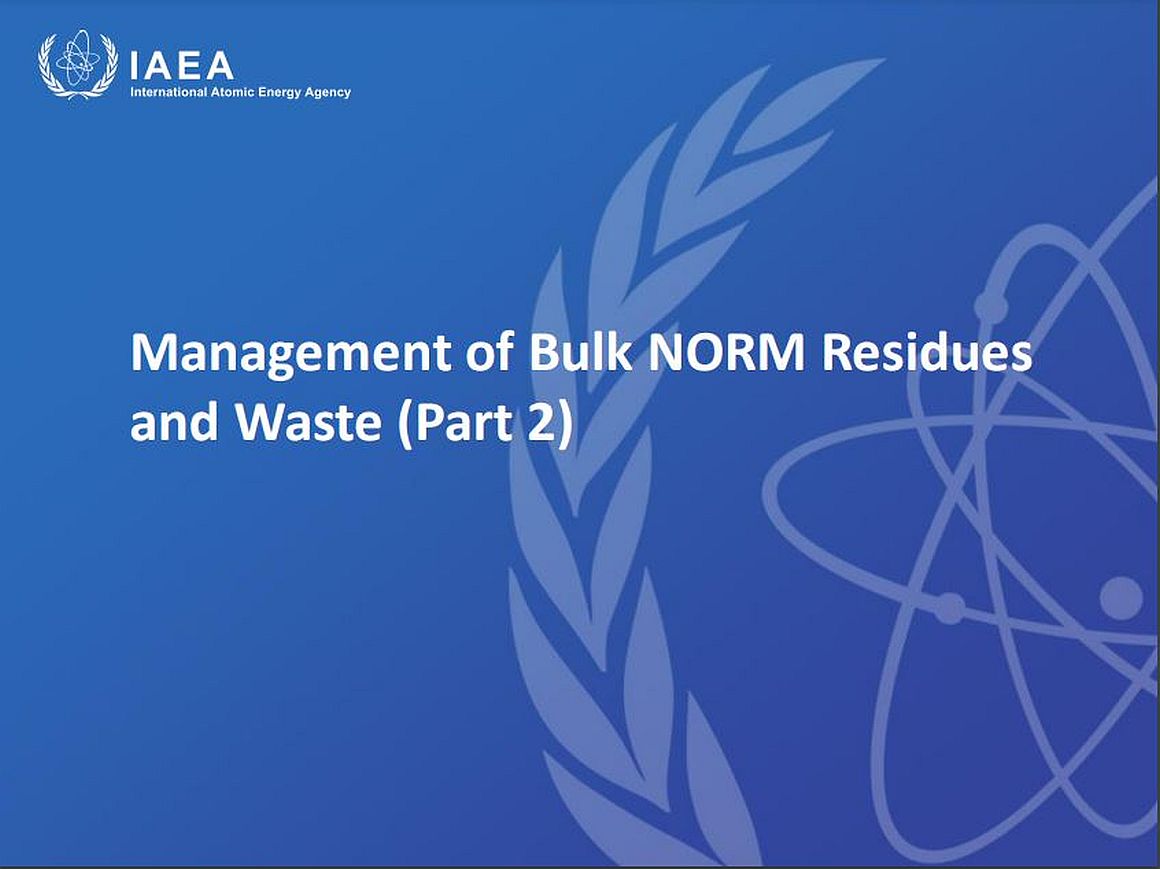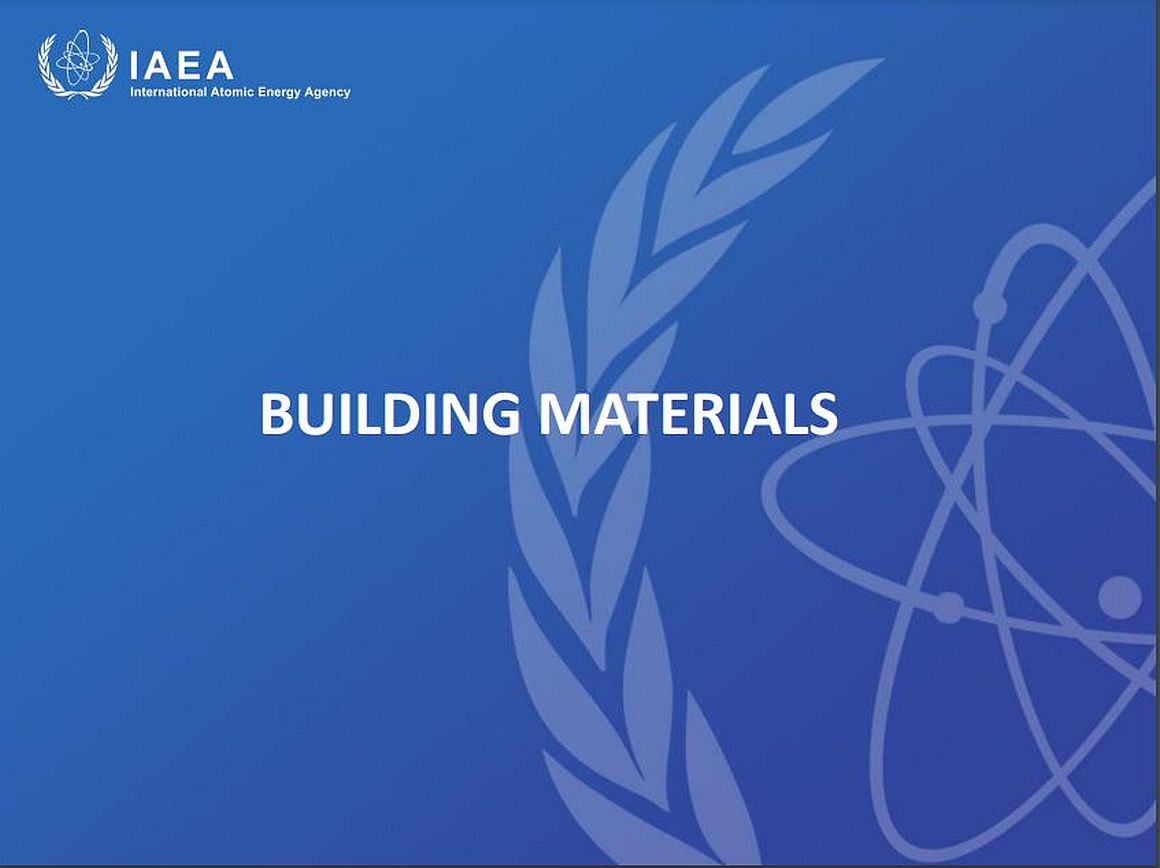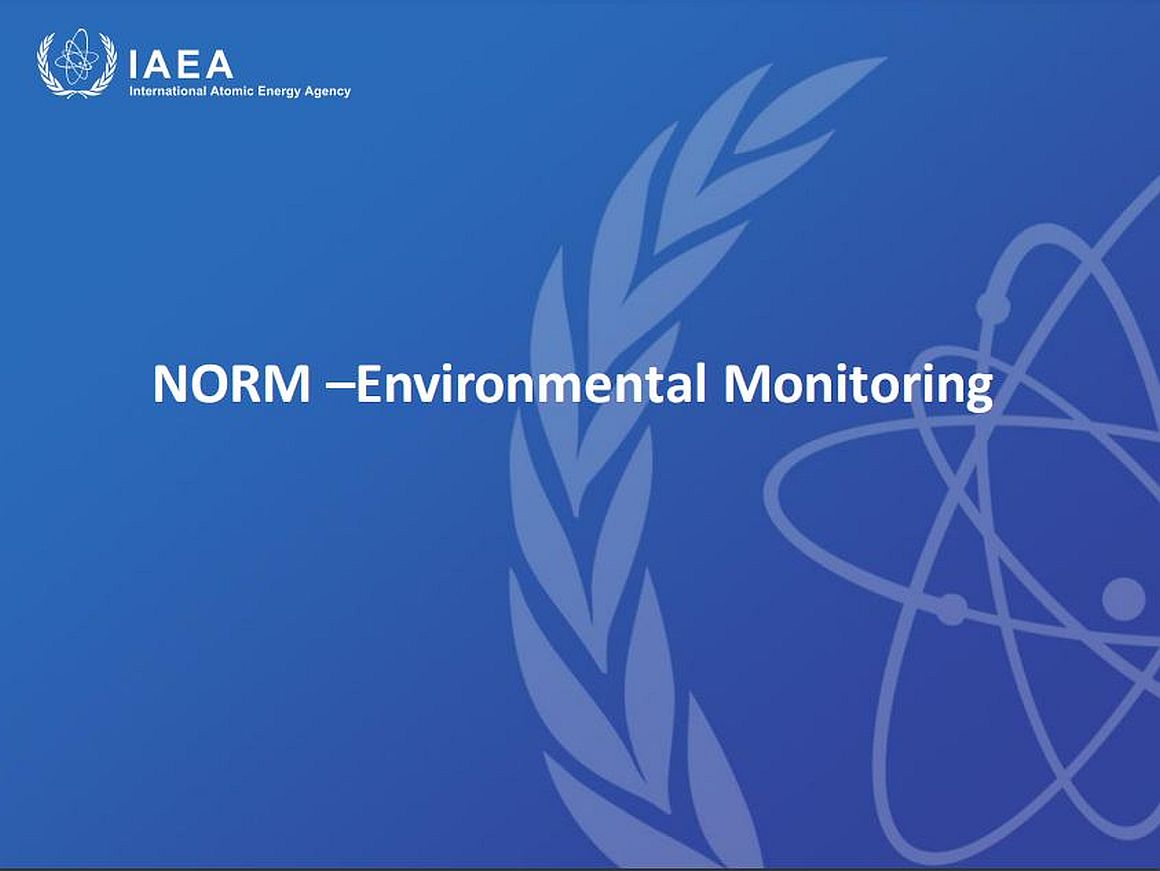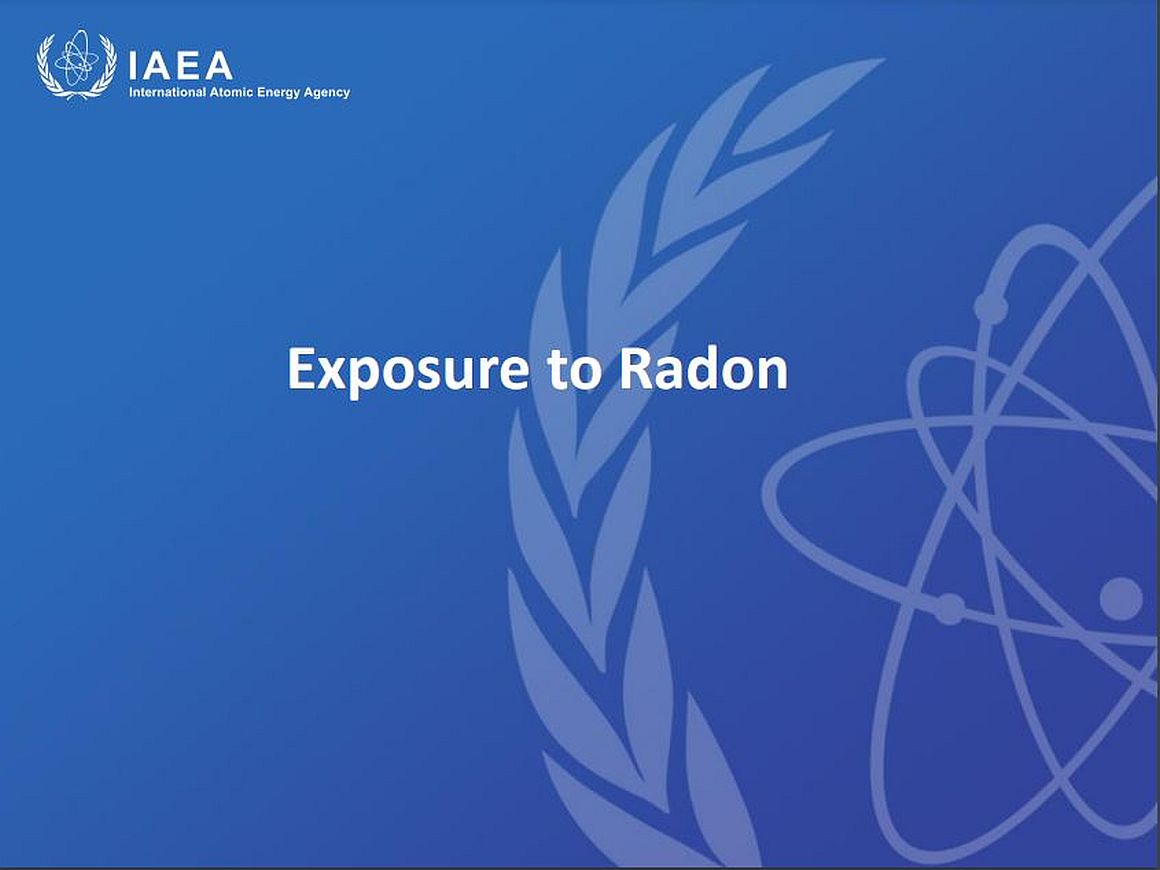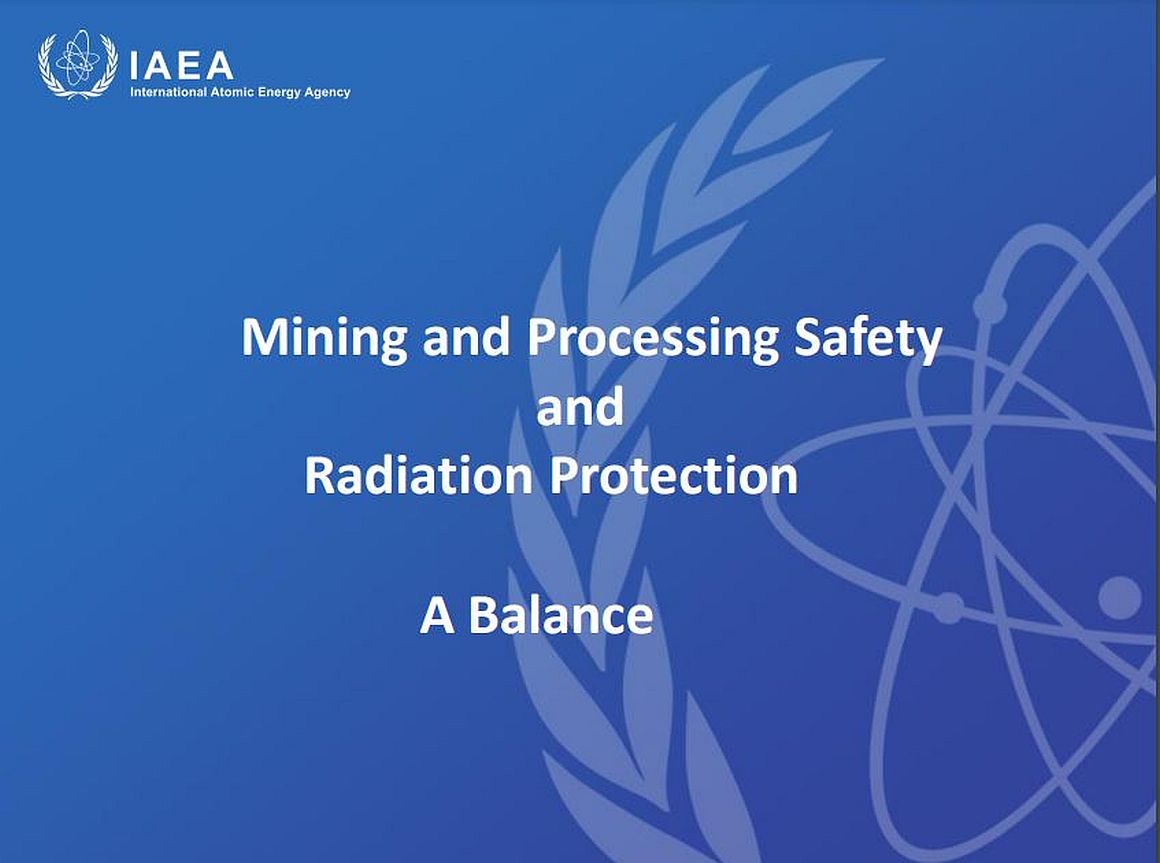Naturally Occurring Radioactive Material
Training Material - Lectures in English
Natural resources that are extracted from the ground such as coal, oil, natural gas and other mineral ores contain various amounts of natural radioactivity. When these resources are extracted and processed, their natural state can be modified which may result in the enhancement of the natural radioactivity content originally present. Such enhancements may be observed in the residues or the waste created and/or in the products or by-products and are sometimes high enough to pose a risk to workers, members of public and the environment if they are not controlled properly. Materials of this kind are commonly referred to as Naturally Occurring Radioactive Material or NORM.
The International Basic Safety Standards (GSR Part 3) establishes requirements for industrial activities involving NORM. For the application of the IAEA Safety requirements on NORM activities, consideration needs to be given to radiation protection of workers, the public and the environment for a wide range of industrial activities on a global basis.
The IAEA has created this training package with following objectives:
o Provide an overview of natural radionuclides and NORM
o Provide an overview of the industrial activities involving NORM and an indication of those that are most likely to require regulatory consideration
o Provide guidance on regulatory control (focussing on the application of a graded approach)
o Examine radiation protection issues for workers and the public associated with materials containing NORM
o Provide guidance on the characterisation of NORM and the assessment of exposures
o Provide guidance on the management of NORM residues and the disposal options for NORM wastes, and
o Provide guidance on the transport of NORM
The training material, including twelve modules, is useful to employers, licensees and registrants; designated Radiation Protection Officers; to management bodies and their specialist advisers; and to health and safety committees concerned with radiation protection of workers. It may also be used by workers and their representatives to encourage safe working practices.
Approved training packages may be copied, distributed, displayed, incorporated in customized presentations and used for non-commercial use as long as the source of the material is referenced to the IAEA approved training package.
1) Occupational Radiation Protection: Principles/Concepts/GSR Part 3 Requirements IAEA Standards and Guidance on NORM (GSG 7)
- IAEA Occupational Radiation Protection Programme
- Safety Guide on Occupational Radiation Protection (GSG-7) (coverage on NORM)
2) NORM Industries and Regulatory Considerations
- What is NORM?
- Criteria for regulation
- Graded approach to regulation
- Understanding the project
- Industrial sectors involving NORM
- Key messages
3) Radiation Measurements
- Introduction
- Why measure?
- Gamma radiation
- Radionuclides in airborne dust
- Radon (222Rn and 220Rn) and their progeny
- Surface contamination
- Quality control
- Key messages
4) Characterization of NORM
- NORM analysis - purposes
- Radionuclides of interest
- Sampling
- Analytical Techniques
- Key messages
5) Radiation Protection Programme (RPP)
- Radiation protection perspective
- Radiation protection programme - main elements
- Control of exposure
- Local operating instructions
- Classification of areas
- Monitoring for operational control
- Monitoring for assessment of dose
- Education and training
- Workers` health surveillance
- Key messages
6) Exposure from Legacy NORM Sites
- Legacy sites contaminated by NORM
- Environmental contamination by NORM
- Potential exposure pathways
- Mitigation and remediation options
- Regulatory issues
7) Transport of NORM
- IAEA Transport regulation
- Applicability of the Transport Regulations to NORM
- Low specific activity (LSA) material
- Surface contaminated objects (SCO)
- Marking and labelling
- Documentation
- Summary
8) Management of Bulk NORM Residues and Waste (Part 1)
- NORM Residue/Waste - Definition
- Types of NORM residue or waste
- Management of NORM waste
- Key messages
8) Management of Bulk NORM Residues and Waste (Part 2)
- Scale
- Sediments and sludges
- Slag
- Furnace dust
- Liquid residues
- Monitoring and Surveillance
- Public doses from NORM facilities
- References
9) Building Materials
- Activity concentration in building materials
- Reference levels
- Controls
10) NORM - Environmental Monitoring
- Objectives of monitoring
- Steps in the development of the programme
- Stages of monitoring
- Key messages
11) Exposure to Radon
- Radon/thoron
- Exposure of the lung
- Application of the Standards to radon in workplaces
- Special quantities for concentration and exposure
- Measurements
- Equipment and monitoring for radon
- Radon concentrations
- Calculation of dose
- Thoron
- Key messages
12) Mining and Processing Safety and Radiation Protection A Balance
- Safety is a priority for all mining and processing operations
- Acute and chronic exposure hazards and risks
- Risk management approach
- Standardised approach (avoid risk prioritisation)
- Control commensurate with the level of risk for all risks
- Limited resources to address issues (money, time, effort)




